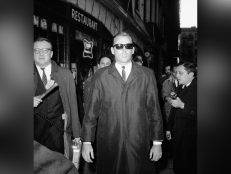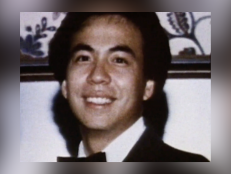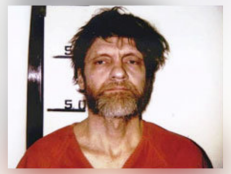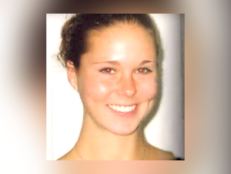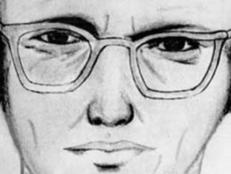Crime History: The Sad Death Of Sam Sheppard, The Doctor Who Inspired "The Fugitive"
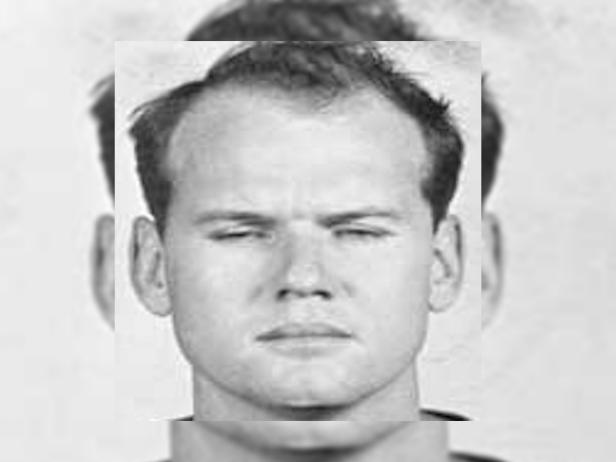
Dr. Sam Sheppard [Cleveland Police Department]
On April 6, 1970, Dr. Samuel Holmes Sheppard succumbed to liver failure, the result of long-term alcohol overindulgence that had turned toxic. Looking at the big picture of Sam Sheppard’s circumstances, it’s unfortunately easy to understand how he turned to the bottle.
Consider what might happen if your wife had been bludgeoned to death, and you wrestled with the actual murderer who then managed to escape, and you became the subject of a media circus “Trial of the Century” after which you were wrongly imprisoned for 10 years … well, then, perhaps you’d drink, too.
No matter what, Dr. Sam Sheppard died too young. He was only 46.
Sheppard’s story, though, has continually captivated observers the world over through numerous incarnations both fact-based and fictional, the most famous of which are the 1963–’67 TV series The Fugitive and the show’s blockbuster 1993 movie adaptation of the same name.
Tragedy initially seemed to be the furthest thing from Sam Sheppard’s life. He was a top scholar, a star athlete, and a popular student throughout his school years in Cleveland, Ohio. After graduating, he became a successful osteopathic neurosurgeon.
Sam and his beautiful wife Marilyn Reese Sheppard lived in a stately beachfront home on Lake Erie just outside of Cleveland where, on the night of July 3, 1954, they entertained neighbors with an Independence Day party.

Dr. Sam Sheppard [Cleveland Police Department]
Afterward, Sam said he fell asleep watching a movie in his first-floor den. Marilyn’s cries woke him in the early hours of July 4, and he ran upstairs to the couple’s bedroom, where an intruder knocked him unconscious.
Upon awakening, Sam told investigators he chased the “bushy-haired” home invader to the beach, where they fought on the sand. Sam got knocked out a second time.
Back in the bedroom, Marilyn had been bludgeoned to death with a blunt object that was never identified and never recovered.
Police discovered that Dr. Sheppard been having an extramarital affair. Along with circumstantial evidence such as no signs of forced entry, and the fact that the couple’s 17-year-old son Chip slept through the devastation, authorities booked Dr. Sheppard for murder. The hoopla commenced immediately.
Newspapers and TV outlets covered the first trial of Sam Sheppard, launched in October 1954, with unprecedented fervor. The couple’s attractiveness and upper-class lifestyle added an element of glamour, and the notion of a highly respected member of the medical elite killing over a sex secret supplied a heap of irresistible dirt.
Even literary giant Ernest Hemingway chimed in, writing:
“A trial like this, with its elements of doubt, is the greatest human story of all…. This is the real thing. This trial has everything the public clamors for.”
In particular, the daily Cleveland Press blatantly campaigned to get Sheppard locked up, to the point that federal judges later determined that news media had unmistakably impacted and even directed prosecutors and law-enforcement officers.
A subsequent Supreme Court ruling on the case, in fact, derided the “carnival atmosphere” of the proceedings and decreed, “If ever there was a trial by newspaper, this is a perfect example.”
On December 21, 1954, a jury convicted Sheppard of second-degree murder, and he got sent away for life. Two weeks later, his mother shot herself to death. Eleven days after that, Sheppard’s father died from stomach cancer. A judge permitted Sam to attend both funerals, but he had to remain handcuffed.
Throughout it all, Sheppard maintained his innocence and furiously filed appeals. Nothing came of them for an entire decade.
Still, the case so beguiled the public that in 1963 it inspired The Fugitive, a TV series starring David Janssen as a wealthy doctor who’s wrongfully accused of killing his wife and who goes on the lam to track down the “one-armed man” that escaped his grasp on the night of the murder.
The Fugitive proved to be a massive hit. Then, just as how the news media had been thought in 1958 to have improperly influenced Sheppard’s guilty verdict, this entertainment sensation is regarded as a significant factor in swaying opinion in the opposite direction toward innocence.
One year into The Fugitive’s run and 10 years into Sheppard’s sentence, an upstart attorney named F. Lee Bailey took up the cause and got the doctor released from jail pending a new trial. After that second trial, Sam Sheppard was found not guilty.
The devastated doctor never felt as though his name had been fully cleared, though. The self-destructive boozing came hard and fast shortly thereafter.
In 1969, Sheppard married Colleen Strickland, the daughter of a professional wrestler named George Strickland. That August, the newlywed followed his father-in-law into the ring and fought 40 professional bouts as “Killer” Sam Sheppard, sometimes as a tag team with the elder Strickland. Roughly six months after his pro-wrestling debut, Sam Sheppard drank himself to death.
To date, the murder of Marilyn Reese Sheppard remains unsolved.
Watch Investigation Discovery’s A Crime to Remember “The Wrong Man” episode to learn more about the Sam Sheppard case.
Read more: New York Times, New York Daily News, Biography, The Lineup, Famous Trials


